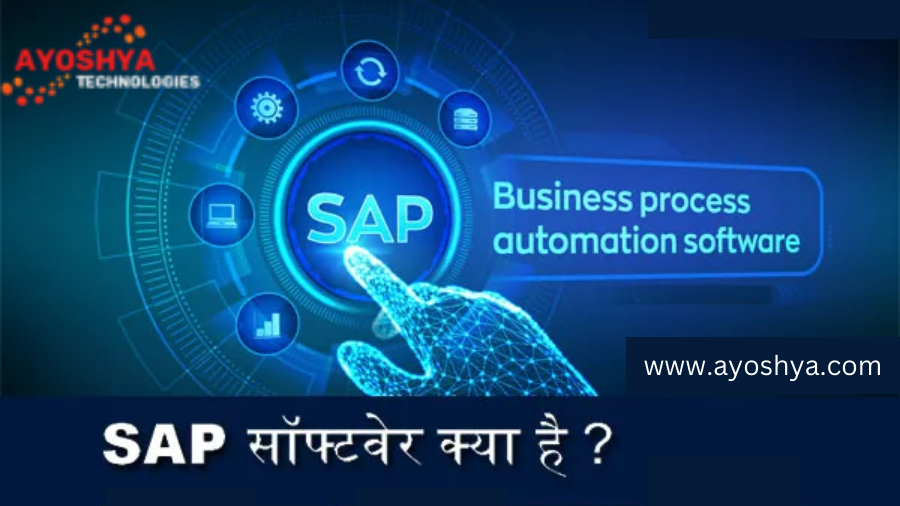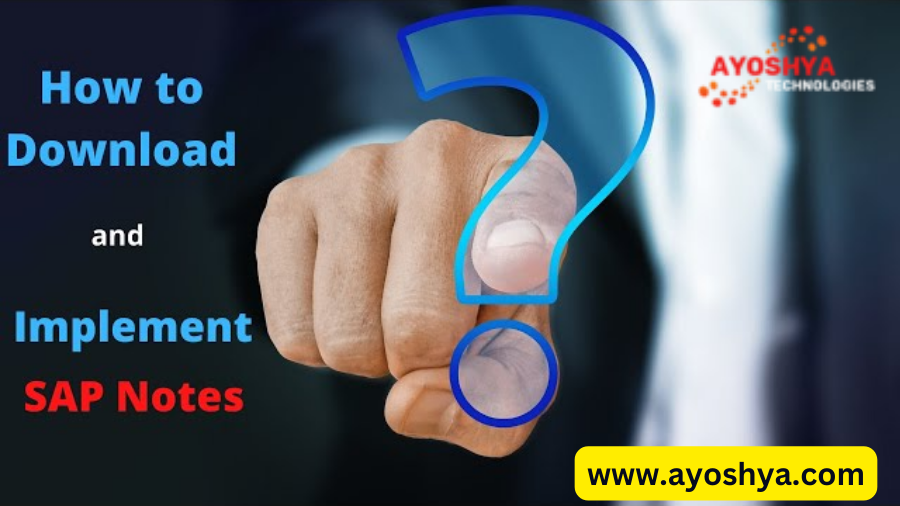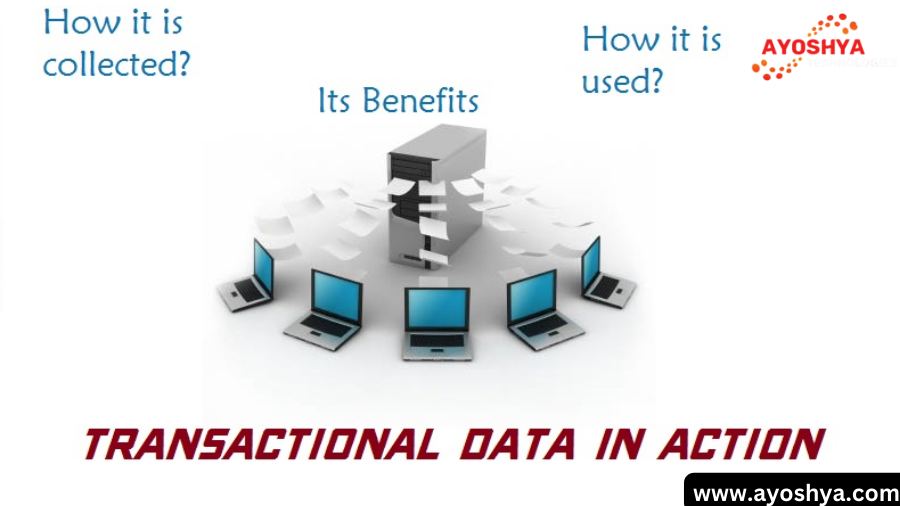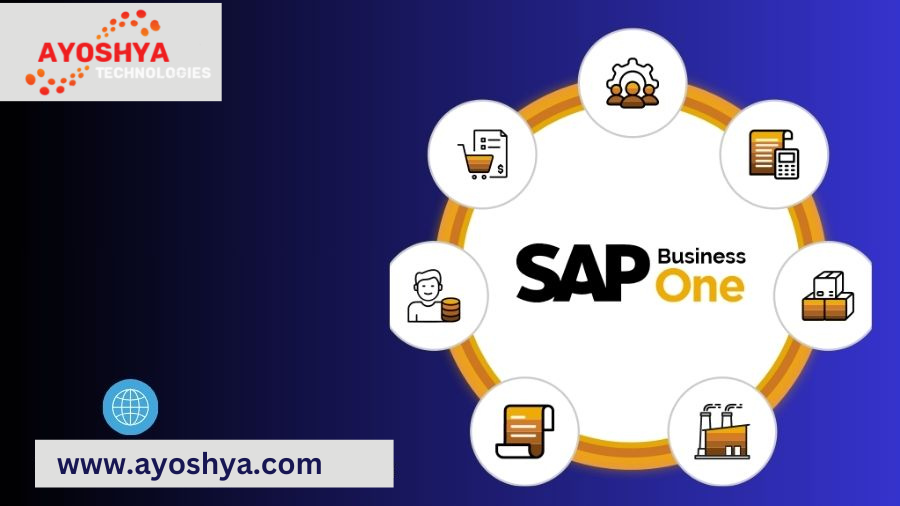Why is Oracle Still so Famous in 2024?
Oracle remains a dominant force in the tech world, but why? Explore its history, diverse offerings, and impact on various industries…
Do you ever wonder why certain brands transcend time, remaining relevant and influential for decades? In the ever-evolving world of technology, where new players emerge constantly, Oracle stands out as a powerhouse, maintaining its fame and market leadership for over four decades. But what is it about Oracle that keeps it at the forefront in an industry known for rapid change? This article delves into the fascinating journey of Oracle, unveiling the reasons behind its enduring success and the diverse landscape of solutions it offers. From its innovative database technology to its comprehensive portfolio of enterprise solutions, we’ll explore the key factors that have cemented Oracle’s position as a household name in the tech landscape. So, buckle up and prepare to be surprised as we uncover the secrets behind the enduring fame of Oracle!
A Legacy of Innovation: Exploring Oracle’s Roots
To truly understand the enduring fame of Oracle, we must embark on a journey back in time, exploring the company’s rich history and legacy of innovation. This journey begins in 1977, when Larry Ellison and Bob Miner co-founded Software Development Laboratories (SDL), the company that would later become Oracle Corporation.
A. From Humble Beginnings to Industry Leader:
- Initially, SDL focused on developing a relational database management system (RDBMS) inspired by the work of Edgar F. Codd. This system, eventually named Oracle, aimed to revolutionize data management by offering superior performance, scalability, and reliability compared to existing solutions.
- In 1982, the company officially adopted the name Oracle, reflecting its flagship product’s growing recognition and impact within the industry. Throughout the 1980s, Oracle experienced rapid growth, driven by the increasing adoption of its database technology across various sectors, including finance, healthcare, and government.
B. The Rise of Oracle Database: A Cornerstone of Innovation:
- Oracle Database, with its robust architecture and commitment to continuous improvement, quickly established itself as a market leader in the RDBMS domain. Its ability to handle large and complex datasets efficiently, combined with its high availability and security features, made it the trusted choice for organizations requiring mission-critical data management solutions.
- Beyond its core functionalities, Oracle Database consistently embraced innovation, incorporating new features and functionalities like object-relational mapping (ORM) and advanced query languages to cater to evolving business needs and technological advancements. This commitment to staying ahead of the curve further solidified Oracle’s position as a pioneer in the database management landscape.
By establishing a strong foundation with its innovative database technology, Oracle laid the groundwork for its future expansion and diversification into the diverse landscape of solutions it offers today, solidifying its position as a powerhouse in the ever-evolving tech world.
The Powerhouse of Databases: Unveiling Oracle Database
At the heart of Oracle’s success lies its flagship product, Oracle Database. This powerful relational database management system (RDBMS) has earned its reputation as a cornerstone of enterprise-level data management, consistently exceeding expectations and remaining a dominant force in the industry. Let’s delve deeper into the key features and capabilities that have cemented Oracle Database’s position as a powerhouse in the world of databases:
A. Unmatched Scalability and Performance:
- Oracle Database is renowned for its ability to scale seamlessly to meet the ever-growing data demands of large organizations. It can handle massive datasets efficiently, making it suitable for managing complex business operations and large-scale data warehousing initiatives.
- This exceptional scalability is achieved through features like partitioning, which allows data to be distributed across multiple physical storage units, and clustering, which enables horizontal scaling by connecting multiple database servers to work as a single unit. Additionally, Oracle Database leverages parallel processing, utilizing multiple processors to execute queries concurrently, further enhancing its performance and efficiency.
B. Robust Security and High Availability:
- In today’s digital age, data security is of paramount importance. Oracle Database prioritizes data security by implementing a multi-layered approach, including robust access control mechanisms, encryption technologies, and comprehensive auditing capabilities. This ensures that sensitive data remains protected from unauthorized access, modification, or deletion.
- High availability is another critical aspect of enterprise data management. Oracle Database offers features like data replication, which ensures data is automatically synchronized across geographically dispersed servers, and failover clustering, which guarantees minimal downtime in case of hardware or software failures. These features ensure continuous data accessibility and minimize disruptions to critical business operations.
By offering exceptional scalability, unmatched performance, robust security, and high availability, Oracle Database has established itself as a reliable and powerful solution for organizations of all sizes, across diverse industries. This cornerstone product continues to be a significant contributor to Oracle’s enduring fame and market leadership in the realm of database management.
Beyond Databases: The Diverse Landscape of Oracle Solutions
While Oracle began its journey with a focus on database technology, its success story extends far beyond its flagship product. Over the years, the company strategically diversified its offerings, establishing a comprehensive and powerful suite of enterprise solutions that cater to various business needs. Let’s explore the major domains where Oracle has solidified its presence and continues to drive innovation:
A. Enterprise Resource Planning (ERP): Streamlining Business Processes
- Oracle’s ERP solutions help businesses manage vital functions, including finance, accounting, supply chain management, human resources, and more. Oracle ERP Cloud offers a cloud-based solution that promotes flexibility and scalability, providing organizations with a centralized system to streamline operations and gain real-time insights.
- By integrating core business processes into a single platform, Oracle’s ERP solutions foster greater efficiency, collaboration, and data-driven decision-making across the organization. These powerful tools enable businesses to optimize resources, reduce costs, and enhance customer responsiveness.
B. Customer Relationship Management (CRM): Building Lasting Relationships
- Oracle CRM solutions empower businesses to manage customer interactions effectively throughout the entire customer journey. From initial lead generation to sales and post-sales support, Oracle CRM provides comprehensive tools for nurturing customer relationships.
- Features like marketing automation, sales force automation, and customer service management help organizations gain deeper insights into customer behavior, personalize interactions, and improve overall customer satisfaction. By fostering strong customer relationships, Oracle CRM drives business growth and fosters brand loyalty.
C. Cloud Computing: Embracing the Future
- Oracle has invested heavily in cloud computing, recognizing the shift towards cloud-based solutions.
Addressing the Why: Key Factors Contributing to Oracle’s Fame
Having explored Oracle’s rich history, its flagship product, and the diverse landscape of solutions it offers, we can now delve deeper into the key factors that have cemented the company’s position as a household name in the ever-evolving tech landscape. These factors, when combined, create a potent formula for enduring success and industry leadership:
A. Market Leadership and Brand Recognition:
- Oracle has established itself as a market leader in the database management domain, with Oracle Database consistently ranking as the top choice for large-scale enterprise deployments. This leadership position translates into strong brand recognition and trust amongst businesses seeking reliable and secure solutions for their critical data.
- Over the years, Oracle has built a reputation for excellence through its commitment to innovation, quality, and customer satisfaction. This strong brand image fosters a sense of reassurance and security for businesses considering Oracle solutions, further solidifying its position as a trusted technology partner.
B. Reliability and Performance:
- Reliability and performance are two pillars upon which Oracle has built its success. Oracle Database is renowned for its ability to handle massive datasets efficiently, ensuring minimal downtime and uninterrupted access to critical information. This level of reliability is crucial for businesses that rely heavily on data to make informed decisions and support core operations.
- Additionally, Oracle continuously invests in upgrading and optimizing its products, ensuring they remain at the forefront of technological advancements and deliver exceptional performance. This commitment to continuous improvement guarantees that businesses utilizing Oracle solutions can leverage the latest innovations and maintain a competitive edge.
C. Comprehensive Product Portfolio:
- As we’ve explored, Oracle has expanded its offerings beyond databases, creating a comprehensive portfolio of solutions that cater to various business needs. This diverse landscape includes ERP, CRM, cloud computing services, and AI-powered solutions.
- By offering a one-stop shop for various enterprise software needs, Oracle provides businesses with the convenience of streamlining their technology stack from a single vendor. This comprehensive product portfolio caters to various industry verticals and business sizes, further solidifying Oracle’s position as a leading provider of technology solutions in the global market.
D. Continuous Innovation:
- In the fast-paced world of technology, innovation is paramount for sustained success. Oracle has consistently demonstrated its commitment to staying ahead of the curve by investing heavily in research and development, constantly innovating its existing products and exploring new technologies.
- This commitment to innovation is evident in Oracle’s embrace of emerging technologies like cloud computing, AI, and ML. By integrating these advancements into its offerings, Oracle empowers businesses to leverage the latest capabilities and optimize their operations for the future.
Frequently Asked Questions (FAQs): Unveiling Oracle’s Nuances
As we’ve explored the various facets of Oracle, you might still have lingering questions. This section addresses some of the most common inquiries users have about Oracle, providing further insights and clarifying potential misconceptions:
A. What are the different types of Oracle databases?
- Oracle offers a variety of database options tailored to specific needs and preferences. Some of the most popular types include:
- Oracle Database Enterprise Edition: This is the flagship edition, offering the most comprehensive features and functionalities suitable for mission-critical applications.
- Oracle Database Standard Edition: This edition caters to smaller deployments and provides a cost-effective option with core database functionalities.
- Oracle Database Express Edition: This free, entry-level edition is ideal for development and learning purposes, offering a limited but functional database environment.
B. What are the benefits of using Oracle?
- Choosing Oracle solutions comes with a multitude of benefits, including:
- Unmatched scalability and performance: Oracle Database can handle massive datasets efficiently, making it ideal for large-scale enterprise deployments.
- Robust security and high availability: Oracle prioritizes data security and ensures minimal downtime through various features, offering peace of mind for businesses handling sensitive data.
- Comprehensive product portfolio: Oracle provides a diverse range of solutions encompassing enterprise software needs, allowing businesses to consolidate their technology stack with a single vendor.
- Continuous innovation: Oracle consistently invests in research and development, ensuring its solutions remain at the forefront of technological advancements.
C. How does Oracle compare to other database solutions?
- While various database solutions exist, Oracle Database distinguishes itself in several ways:
- Market leadership and brand recognition: Oracle holds a dominant position in the database management market, translating into trust and reliability for businesses seeking robust solutions.
- Advanced features and functionalities: Oracle Database offers a wider range of features and functionalities compared to many competitors, catering to complex and demanding enterprise needs.
- Integration with other Oracle products: Seamless integration with other Oracle solutions like ERP and CRM facilitates a unified and streamlined business environment.
D. How do I get started with learning Oracle?
- Oracle provides ample resources for individuals interested in learning its technologies:
- Official documentation: Oracle offers comprehensive documentation and tutorials covering various products and functionalities.
- Online courses and training programs: Numerous online platforms and institutions offer paid and free courses for learning Oracle skills.
- Community forums and user groups: Engaging with online communities and user groups allows individuals to connect with other learners and experts, seeking guidance and assistance.
Conclusion
Conclusion: Unveiling the Powerhouse: A Legacy Enduring
Our journey through the world of Oracle has shed light on its remarkable history, its unwavering commitment to innovation, and the diverse landscape of solutions it offers. From its humble beginnings as a database company to its current status as a market leader across various domains, Oracle’s story is one of continuous evolution and adaptation.
We’ve explored the powerhouse that is Oracle Database, renowned for its scalability, performance, and security. We’ve also delved into the comprehensive product portfolio, encompassing ERP, CRM, cloud computing, and AI-powered solutions, catering to various business needs. oracle live sql, oracle share price, oracle, oracle support, oracle java, oracle stock price, oracle stock, oracle database.
The key factors contributing to Oracle’s enduring fame include its market leadership, brand recognition, unwavering focus on reliability and performance, diverse product portfolio, and continuous innovation. These elements, combined with its commitment to staying ahead of the curve by embracing emerging technologies, have cemented Oracle’s position as a leading force in the ever-evolving tech landscape.
So, whether you’re a seasoned tech professional or just starting to explore the world of enterprise software, Oracle offers a wealth of opportunities to learn, grow, and contribute to your organization’s success. Embrace the power of exploration, delve deeper into Oracle’s offerings, and discover how its solutions can help your business thrive in the digital age. Remember, the journey of learning is continuous, and Oracle’s vast ecosystem offers an abundance of resources to equip you with the knowledge and skills needed to navigate the ever-changing tech landscape.
you may be interested in this blog here:-
Powerful SAP Build Apps Guided Experience for 30 days












